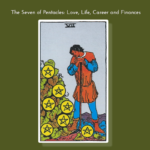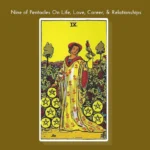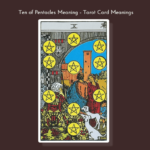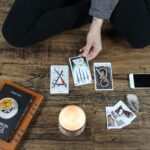
Having tarot cards is easily one of the most exciting things in life. Yet, learning the basics of tarot reading is equally important to put your cards into fair use.
It may seem intimidating at first, but everything will go swimmingly once you get the hang of it. Heck, you might even find yourself teaching others how to read their tarot cards!
Take a deep breath and meditate over your cards- it’s time to know them one by one!
1: Choose a deck that you feel drawn to
There are so many different tarot deck designs. Each one is unique and has its own distinct flair to it!
But while aesthetics matter, the most crucial part of choosing a deck is the emotional bond that you have with your cards.
Having a strong connection with your deck is vital to adjust with your energies and you to them. Your tarot cards are not just your tools for divination; they are also your way of connecting with the cosmos.
With excellent and trustworthy cards come better and more accurate readings. Choose wisely!
Just in case you want to get started without having a classic tarot deck you can do tarot reading with playing cards.
2. Have a “sacred space” dedicated to Tarot reading
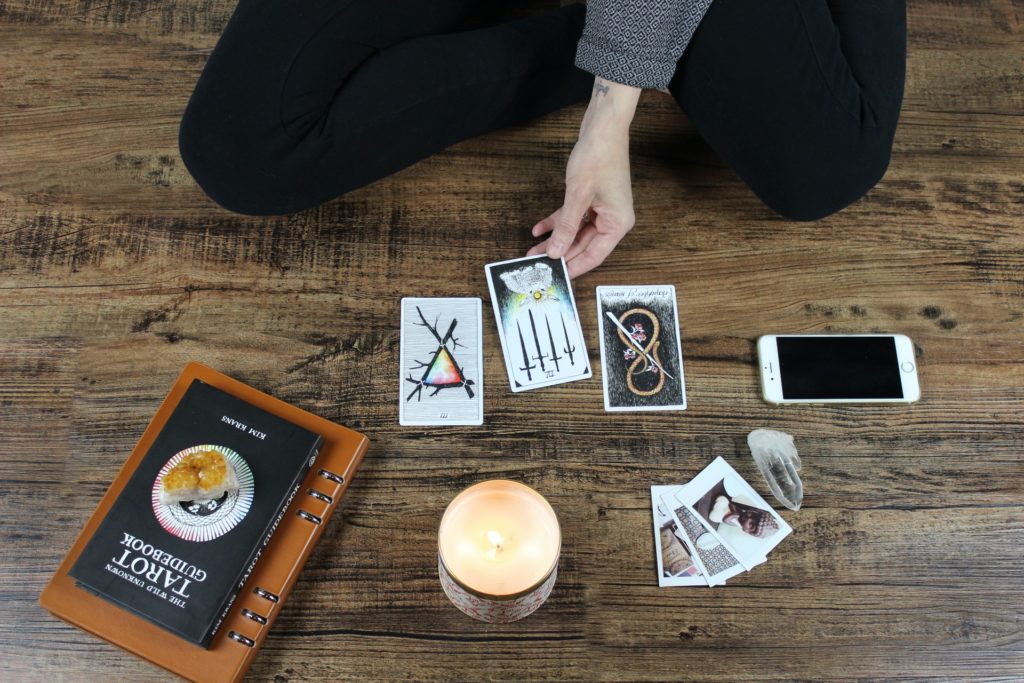
Tarot cards are obviously not like ordinary playing cards. As your tools for divination, respect them the way you respect humans, too.
While there are no specific tarot area requirements, many tarot readers would indeed suggest some optional paraphernalia.
You can choose to have a special tarot cloth to complement (and protect) your deck. To make the atmosphere help you connect with your inner self, it is best to make sure your tarot reading area is in a quiet yet comfortable part of your home.
Candles, scented humidifiers, anything works in a tarot space! As long as it helps you calm down and clear your mind, anything you can think of is welcome guests.
3. Meditate over your tarot cards
Now that you got your cards and your place, it’s time to have a formal “getting to know you” with your deck!
Your method of meditation is up to you. Praying, doing yoga, or a simple holding and “vibing” with the cards also work well.
Be aware of what you feel as you meditate. What are the things that the cards are telling you, or the energies that they are radiating?
Keep them all in mind, perhaps by taking down notes as you go. They will be your guide when you start your tarot reading later on.
4. Shuffle your tarot deck mindfully
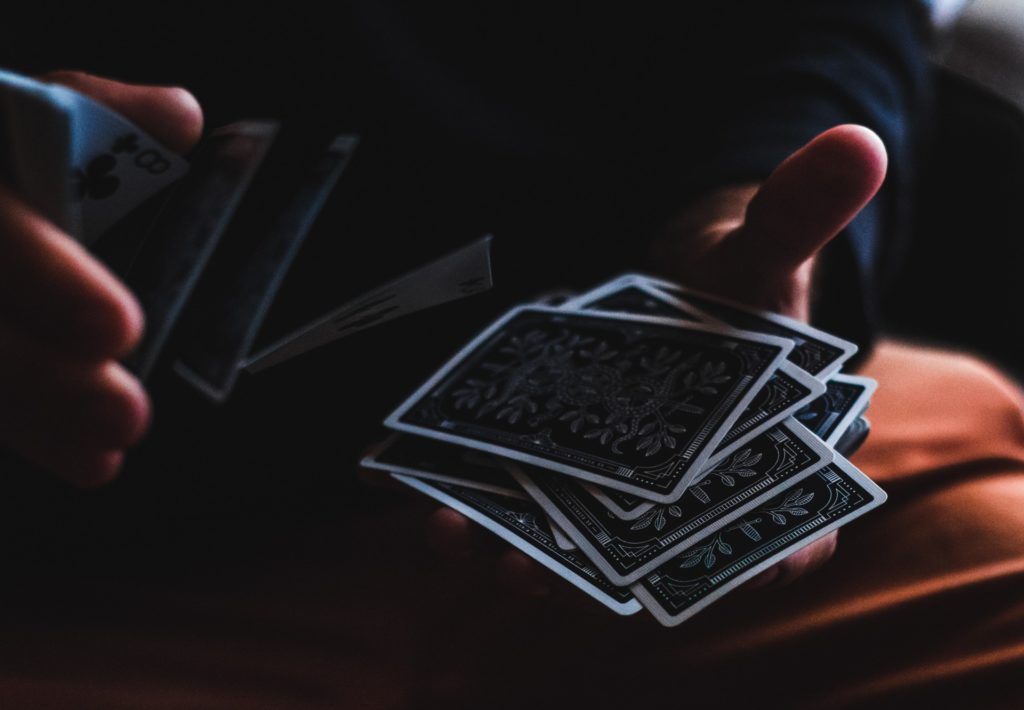
When you first get your cards, it is almost expected to receive them perfectly arranged in order. Thus, shuffling them helps in making unbiased predictions and readings.
There is no uniform way of shuffling your cards. You can do the simple inserting method or go Vegas casino style- just do it carefully and respectfully!
As you shuffle your cards, think over your question. Assess everything that happened that is also related to it.
Remember that tarot questions must not be answerable with either yes or no. How you construct them is essential!
If you need guidance on how to formulate your tarot question, it is best to read this article [insert link here to article on making tarot questions]
5. Start out with a simple single card pull
Once you have mulled over your question long enough, it is time to have your first reading. Take out one card and reflect on it.
Observe the symbolism of the card. What is it trying to tell you?
There is no need to rush during this step. Take your time to absorb its message and the course of action that it advises you to do.
You can go back to the notes you’ve made during your meditation. This way, you will be able to accurately pinpoint whatever your cards are trying to tell you.
As you and your cards get to know each other even better, make it a habit to do this method every so often. Just be mindful not to wear out your cards; they need to “recharge” themselves to predict accurately.
6. Work yourself up the card spread difficulty levels
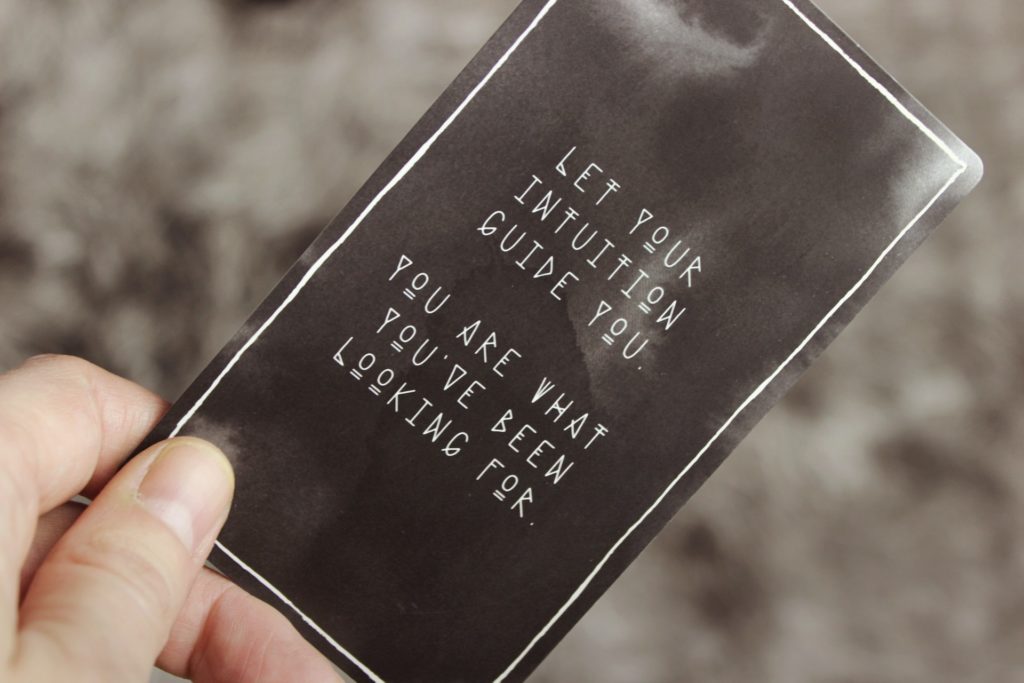
Let’s face it: you have a tarot deck so that you could do complicated readings, like the 10-card Celtic spread. Isn’t it the goal of any tarot reader?
Truth is, even the simplest of card spreads hold a wealth of wisdom and insights. While the one-card pull helps you prepare yourself for the day ahead, spreads are more for the long-term.
The most basic of spreads is the three-card. In this spread, each card represents a concept in the order in which they were removed from the deck.
The first card represents the past. It means the actions that you have done that have led you to your current question or dilemma.
The second card symbolizes the present. This is the problem or question that you are asking.
The third and final card is the future. This card is your call to action and the possible outcome should you follow the card’s advice.
You need to find a pattern when deciphering the cards’ message. Even the smallest symbols may hold a massive impact when understanding the tarot prediction.
7. Never reject a tarot card
Say you are doing a reading for a potentially life-changing decision that you have been agonizing over. When you pulled out the cards, it had both Death and the Tower on your spread!
Of course, this reading is concerning. But reshuffling your deck, asking the same question, and hoping for a more favorable outcome will not do.
Instead, the reading could only get worse as you keep on retrying. Remember that your cards can feel your energies, and your agitation will only lead to even more negative readings!
Whenever this happens, try to understand why it was the card that came out. Again, try to see the patterns between all the cards that you have pulled.
The same goes for cards that turn out to be upside down. While many interpret it as the reverse of the card’s usually positive meaning, it actually goes beyond that.
You got that card for a reason. Go beyond its surface image and make out what it is trying to tell you.
8. Make your own card interpretations
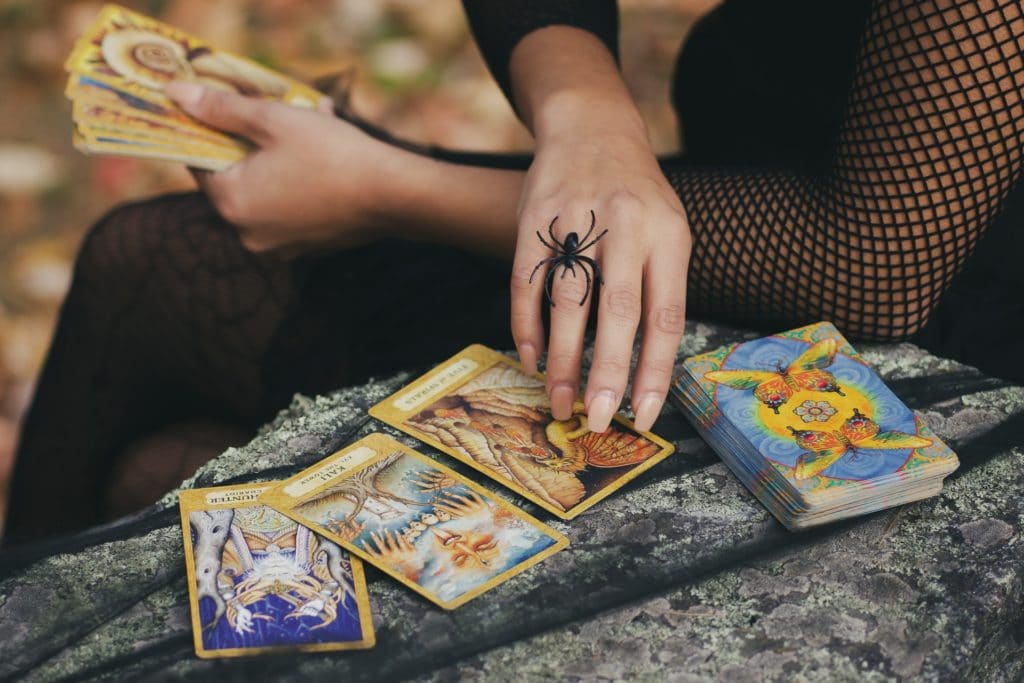
While there certainly are some meaning and guidebooks trying to help beginners, the best interpretations are those made by the reader itself.
Remember the meditation notes you made? They are your ultimate guides to becoming a master tarot reader.
It is okay to consult professional tarot guidebooks once in a while, but your own personal connection with your tarot deck is what truly matters. Whatever an individual card means to you is far more critical than, say, something a random stranger claims to be the real meaning behind the cards.
Having said that, there is a general rule of thumb that many tarot readers adhere to when interpreting card pulls or spreads. These are the following:
- Major Arcana– these are cards represented by highly elaborate imagery. There are 22 of these, and each one symbolizes a particular life-changing milestone.
- Minor Arcana– these cards are also richly decorated yet a bit toned down. They are identified by the repetition of motifs and represent the trivialities of everyday life.
Under the Minor Arcana are four suits. Each suit symbolizes a concept in a person’s life. The following are their symbolism:
- Suit of Cups– this suit represents human emotions and relationships. It also symbolizes life’s celebrations and small things in life.
- Suit of Swords– this suit is all about the things that may or may not hurt. It reveals the truths, reasons, and those that others attempt to obscure from you.
- Suit of Wands– this suit symbolizes the day to day to-do lists and priorities you needed to complete ASAP. It also reveals inner inspirations and the creative streak essential in completing tasks.
- Suit of Pentacles– this suit is the representation of all things material and financial. Wealth and riches fall under the jurisdiction of these cards- think salaries and debts!
9. Store the tarot cards in a special place
Since they are your all-around divination tools, your tarot cards need to have their very own home. And like your own place, it should keep the deck clean and rested.
The usual place for tarot cards is a silk pouch or a special wooden box. Many tarot readers believe that silk radiates neutral energy that helps the cards reenergize after a series of heavy reading sessions.
Boxes, on the other hand, are usually specially made for the purpose. Since most tarot readers are also knowledgeable in Wicca or other forms of magic, these containers have spells woven into it.
But what if you are just a simple tarot enthusiast and couldn’t make nor afford these special containers? Well, anything will do as a tarot cardholder, as long as the cards are safe and sound.
What is essential is that they are not thrown around nor defaced. Your cards can understand your situation and not hold it against you and gives you the same respect you do to them.
10. Do not abuse your tarot cards
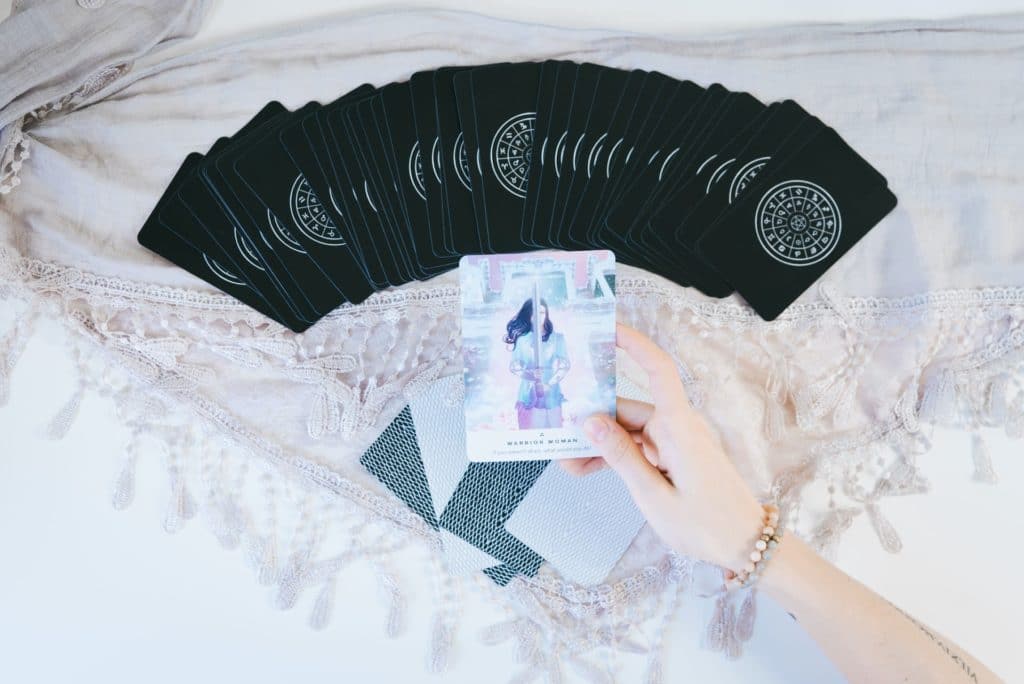
As your divining tools, tarot cards are an excellent way to look into yourself and the world around you. Yet one common mistake that tarot readers have is “over-reading.”
This happens when one question is asked repeatedly, or when the cards do not have enough time to breathe in between reading sessions. Some readers report their decks as “acting differently” or emitting hostile vibes.
Granted, tarot cards are inanimate objects. But the very fact that they are your way to connect with the cosmos means how deeply rooted to you and the stars.
If you are a self-confessed tarot addict, it would be best to have a backup deck. This way, your cards will not burn out and refuse to give you coherent predictions.
Be a responsible owner too. Many tarot readers end up buying more decks than they should because of a large number of face-palm inducing and very avoidable situations.
One of the more common tarot reader problems are cards that simply vanish in thin air, as if they were never there. Keep a close eye on your deck and don’t just leave them anywhere.
While they are generally sturdy, most cards can be susceptible to wear and tear. It really pays off to know when, where, and how you should do a tarot reading session!
Final Word on Tarot Reading Basics
By now, you may be itching to start your way into becoming a professional-level tarot reader. Those cards you are eyeing are just begging to become yours!
Yet, like everything related to divination, tarot reading must only be with the best interests of people in mind. Using its power to potentially harm others goes against its purpose of self-fulfillment and care for others’ well-being.
Another thing to remember is that tarot cards do not, by any means, keep you from deciding for yourself. As a person with free will and intellect, the last decision always lies in what is more logical and comfortable for you.
These cards could only present possibilities and not bring them into actual being. Only you (and those in your environment) can make them happen!
Make your tarot cards your guides into living a meaningful and fruitful life. But as always, be wise whenever choosing your course of action, especially for potentially life-changing decisions.
True enlightenment is a mix of the divine and cosmic, along with the earthly and rational. Make this tarot journey of yours your very own way to achieving both of these aspects.

